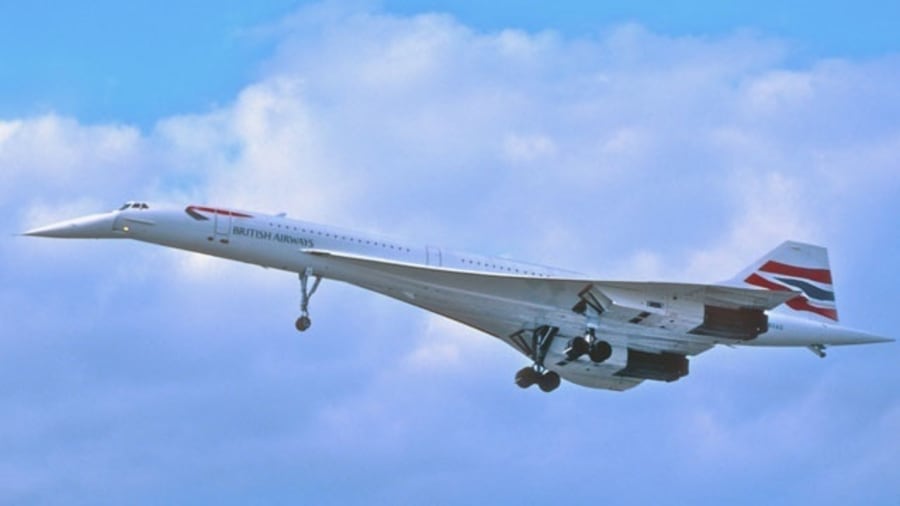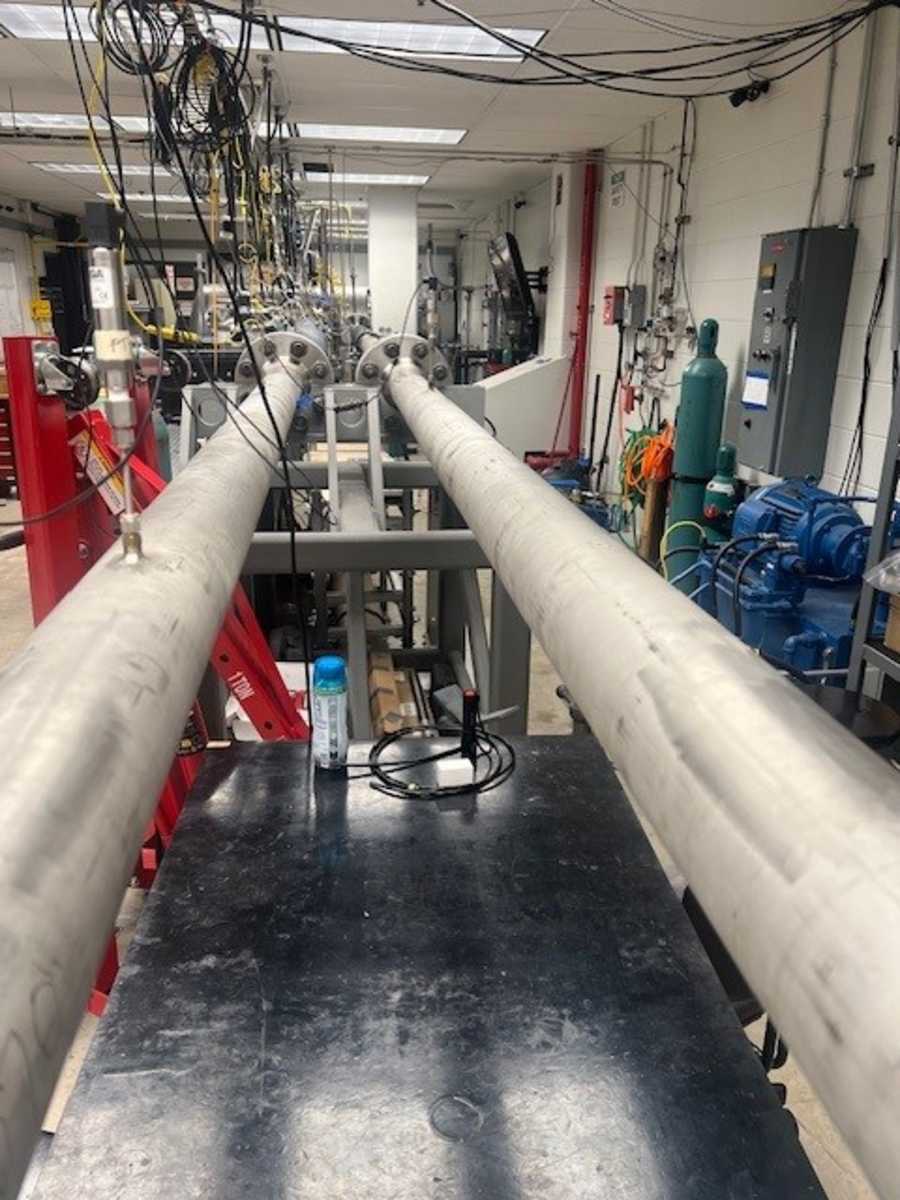STORY HIGHLIGHTS
- HYPERSONIC LAB IN SA: UTSA is one of few research facilities to have Mach 7 testing
- MACH 7: Equates to seven times faster than the speed of sound
- WHY?: Space and commercial travel are in need of research for faster, more efficient equipment
STORY
SAN ANTONIO – FLYING AT MACH 7?
“You could have dinner in New York and be back home in time for the 10 o’clock news, in less time than it takes you to go across town on 1604,” said Chris Combs, director of the hypersonic lab.
Turns out, that would require a flight that would travel Mach 7, or 5,000 miles per hour.
That’s hard to imagine. So, when exactly would this kind of technology exist? It’s still at least a decade away, Combs said.
“A lot of the work that we do at the university level, it’s not gonna impact you tomorrow, but it could impact 10, 15, 20 years down the road,” Combs said.
And didn’t we already have the Concorde? For those who aren’t old enough to remember, the Concorde was a passenger jet that flew Mach 2 from the U.S. to Europe. It ran into issues around cost efficiency and sonic booms.

“So as long as you’re flying supersonic speed, you basically sweep across everything on the ground and everywhere hears a sonic boom as you fly by,” Combs said.
Which is a problem and requires “boomless” technology. That’s just one of many facets of the research being tested.
HOW IS IT TESTED?
The important work that could impact the whole world (and beyond) is being done right here in San Antonio, and more specifically, at UTSA. Interestingly, it’s done in a small, non-descript room in the university’s engineering building.

“We’re actually one of the few universities in the country that can do Mach 7 plus on campus. We are only one of about five,” Combs said.
The work is done using a tube that generates flow at Mach 7. Researchers from multiple disciplines are testing all types of materials, shapes, and aerodynamics of those materials to see what can withstand such force.
“Hypersonic testing is in really high demand right now from a lot of different places in the government, whether it’s space sector, defense; there’s commercial companies that are interested in this,” he said.
“This one over here, it was our first prototype, and as you can see, it’s made of a silicon rubber and aluminum bars. And with this, we were able to show for first time in the world that you can use architecting materials to have control over hypersonic flow,” Juan Navarro, one of the researchers on the project, said.

SPACE TRAVEL
In the short term, the most useful application will be with space travel.
“When you’re up in orbit, you’re not just floating in space, you’re actually moving that way because you’re going about Mach 25 around the Earth,” Combs said.
In space, that’s not a problem, because you are more or less traveling through a vacuum.
“But when you want to go out of the atmosphere on the way up, and when you want to come back down, that’s when you start to deal with those problems. Or if you want to land on Mars. Or if you want to come back from Mars, that’s the hypersonic, aerodynamics problem,” Combs explained.
The idea is to make spacecraft reusable and durable for more frequent flights.
“So, right now, every time that you fly one of these vehicles, you just need to get rid of it and then use another one. So it’s very expensive, it’s a very expensive,” said David Restrepo, associate professor of mechanical engineering.
That means testing things like more efficient fuels, more efficient airframes, and more efficient propulsion and thruster devices.
Read also:


